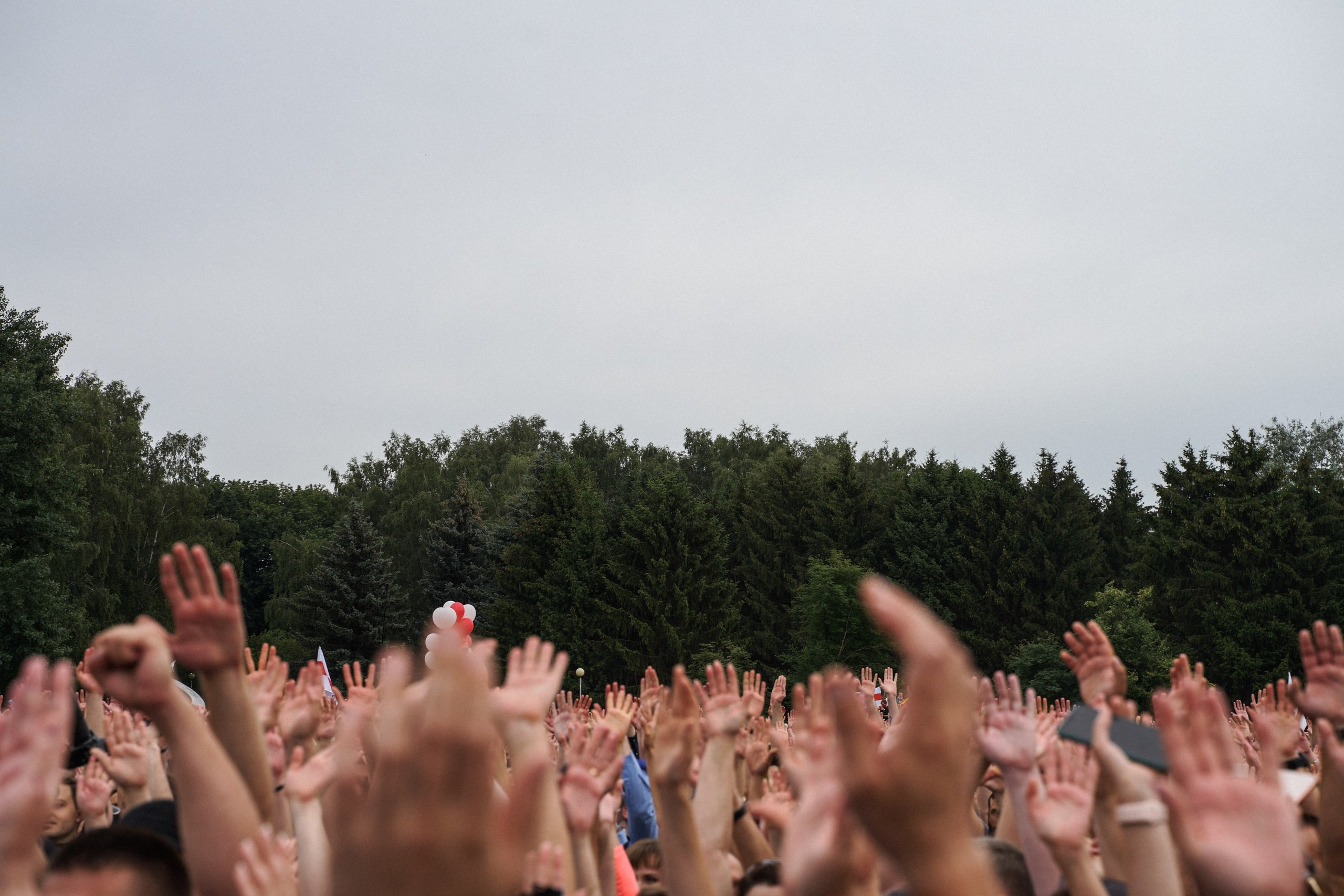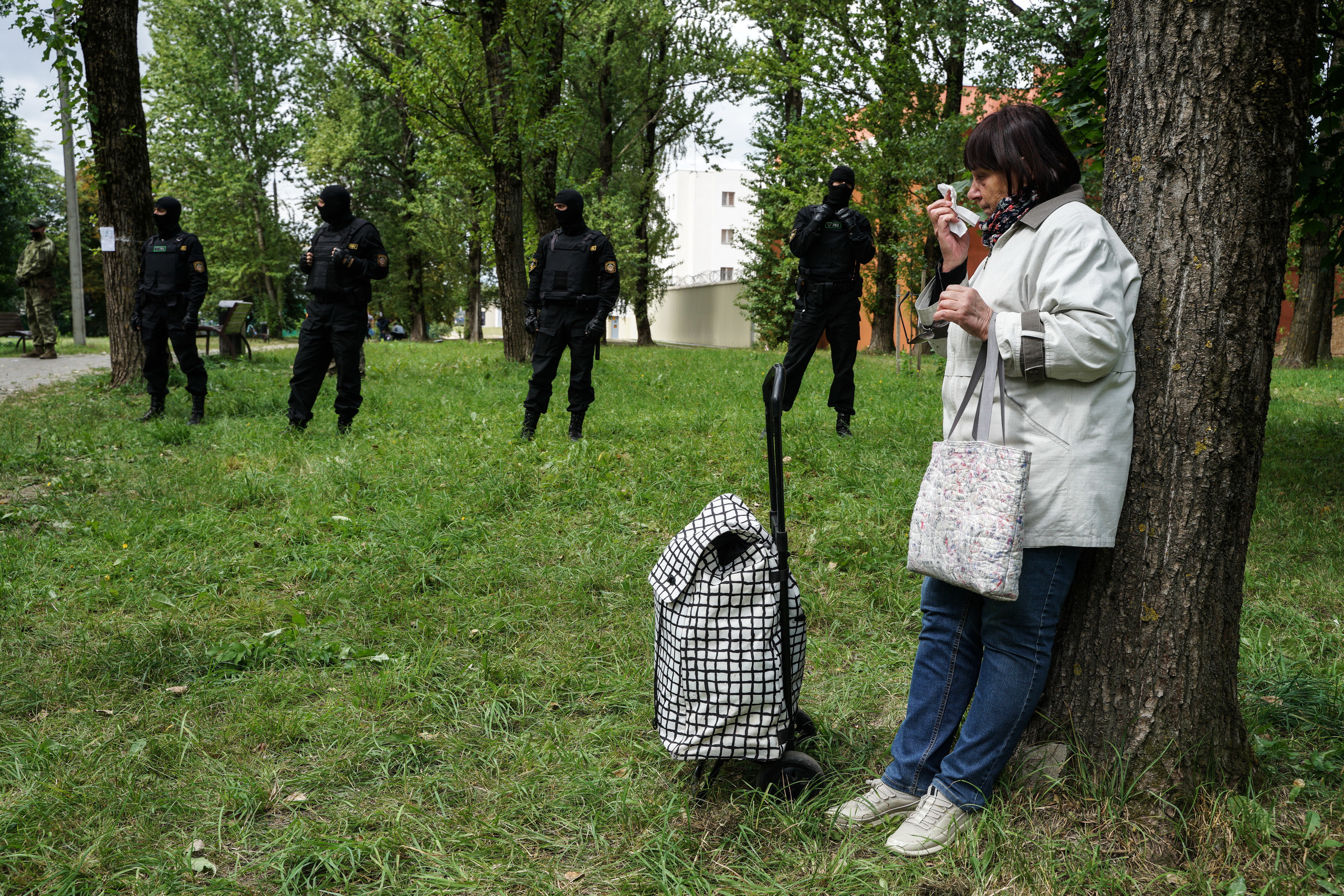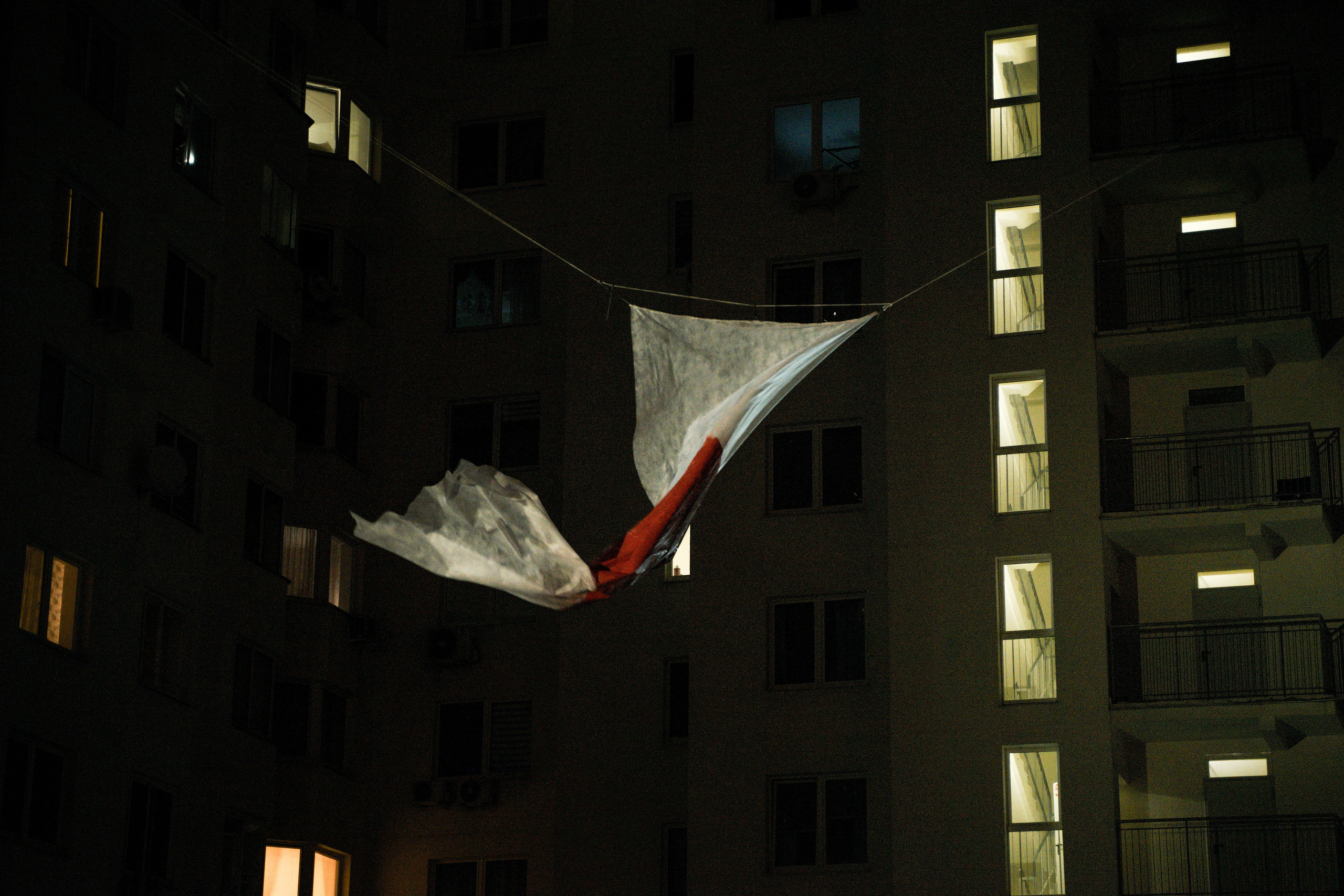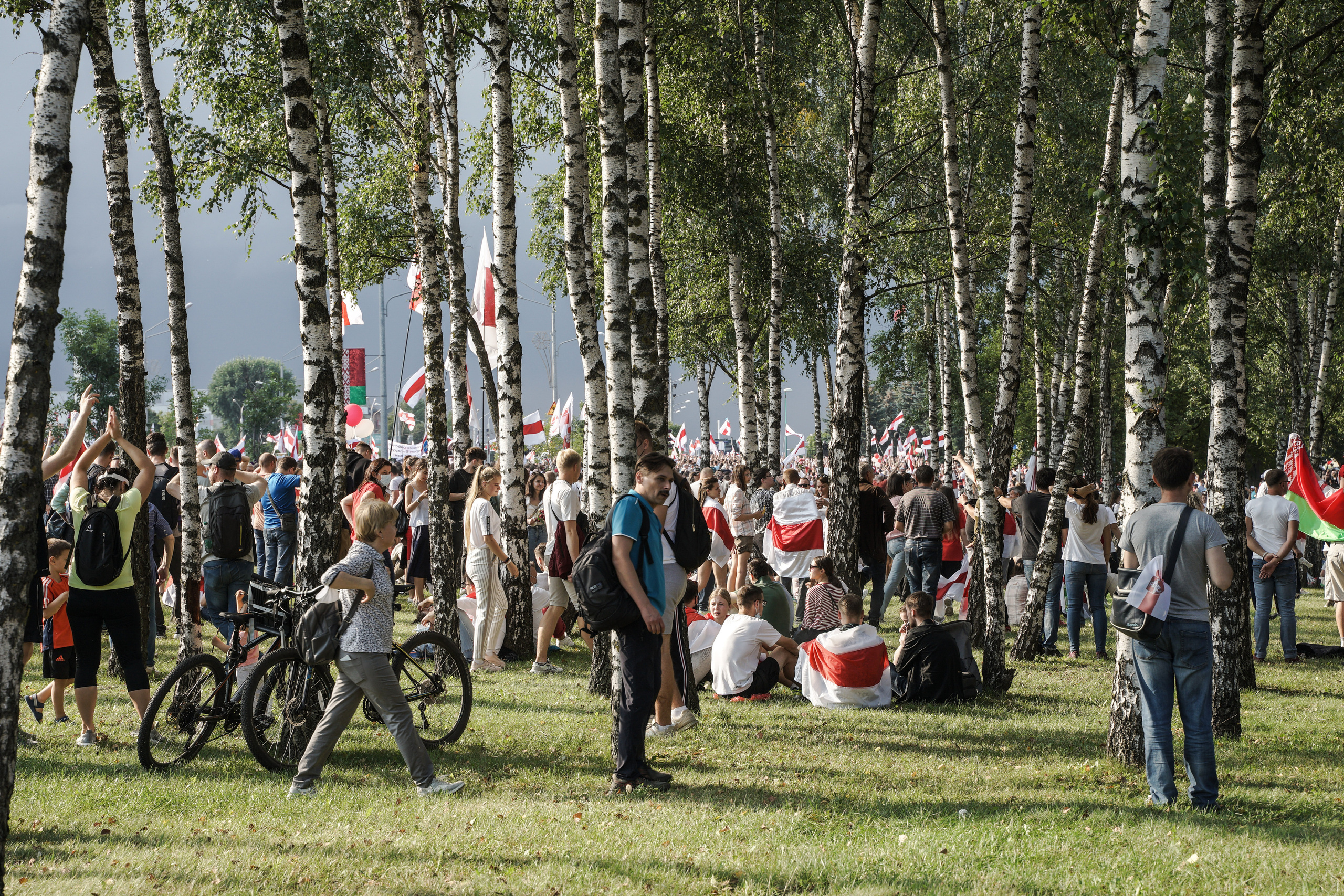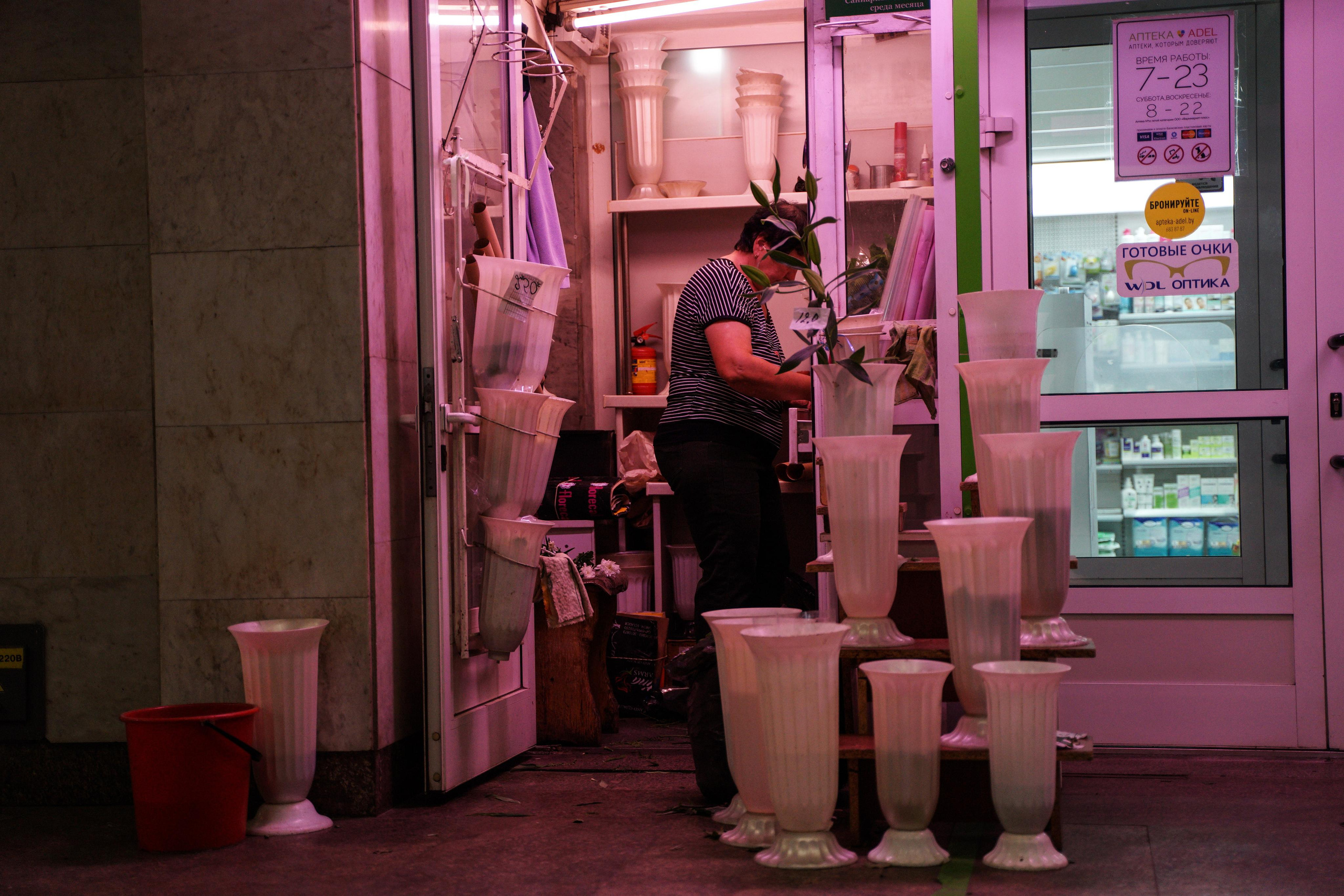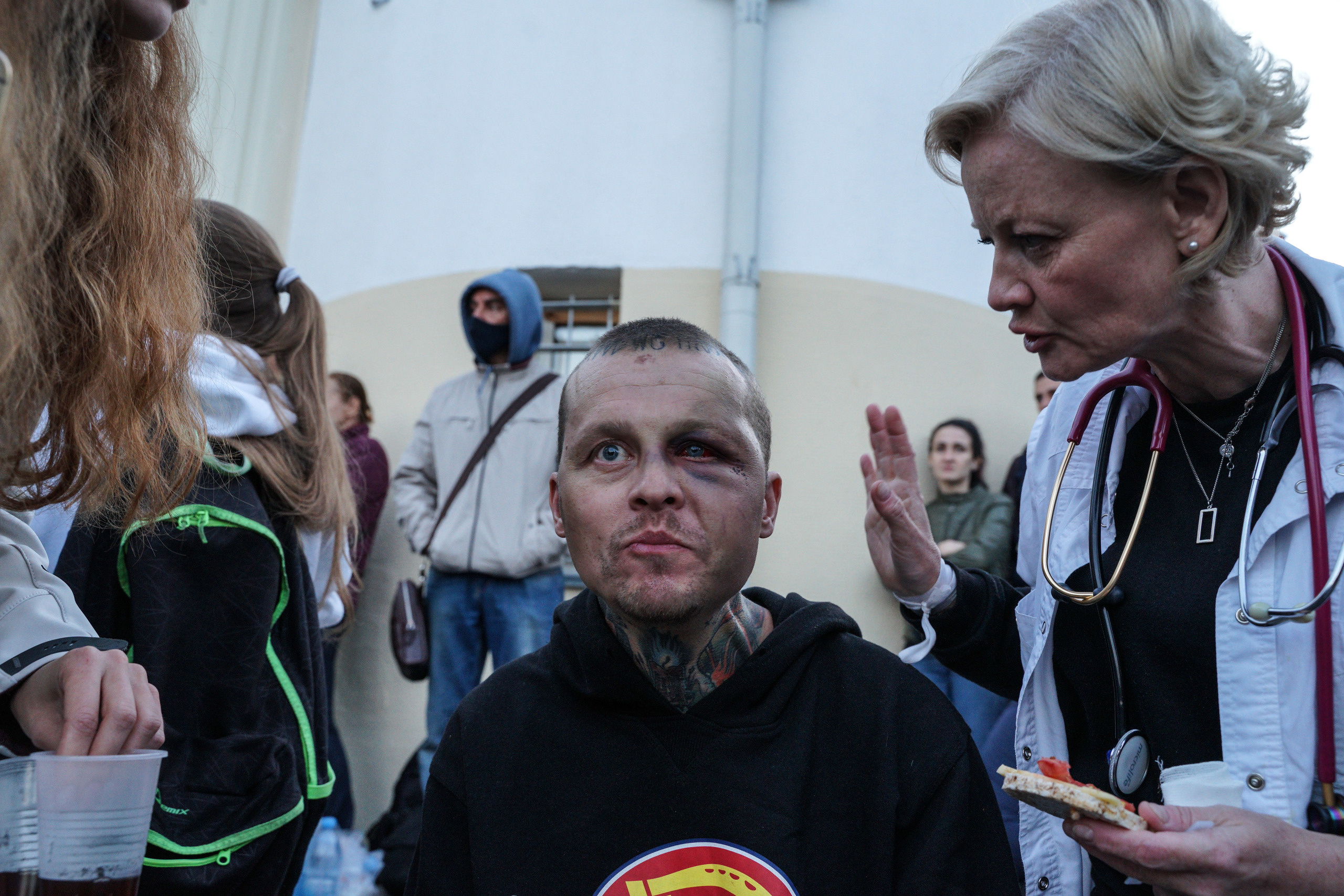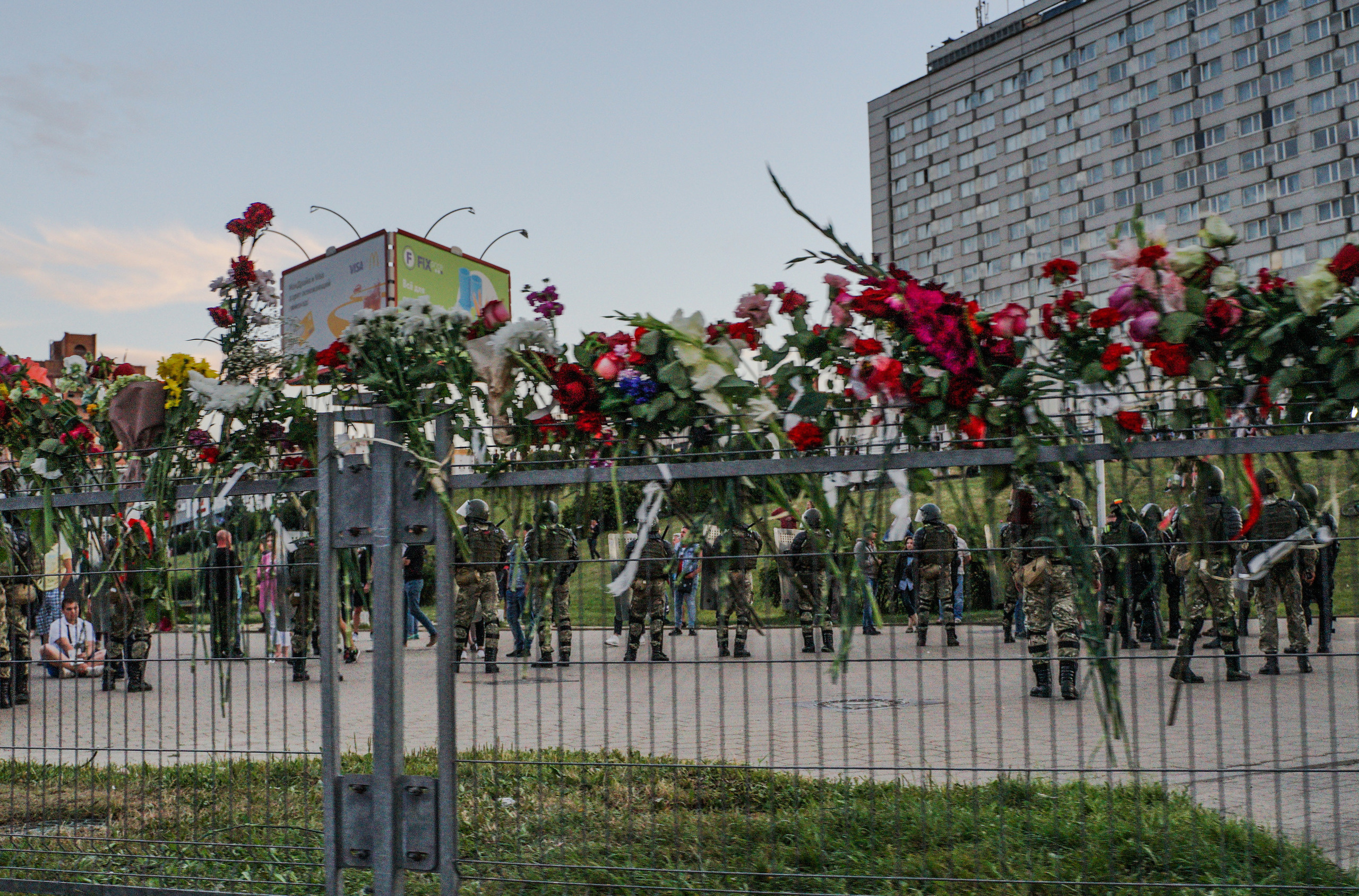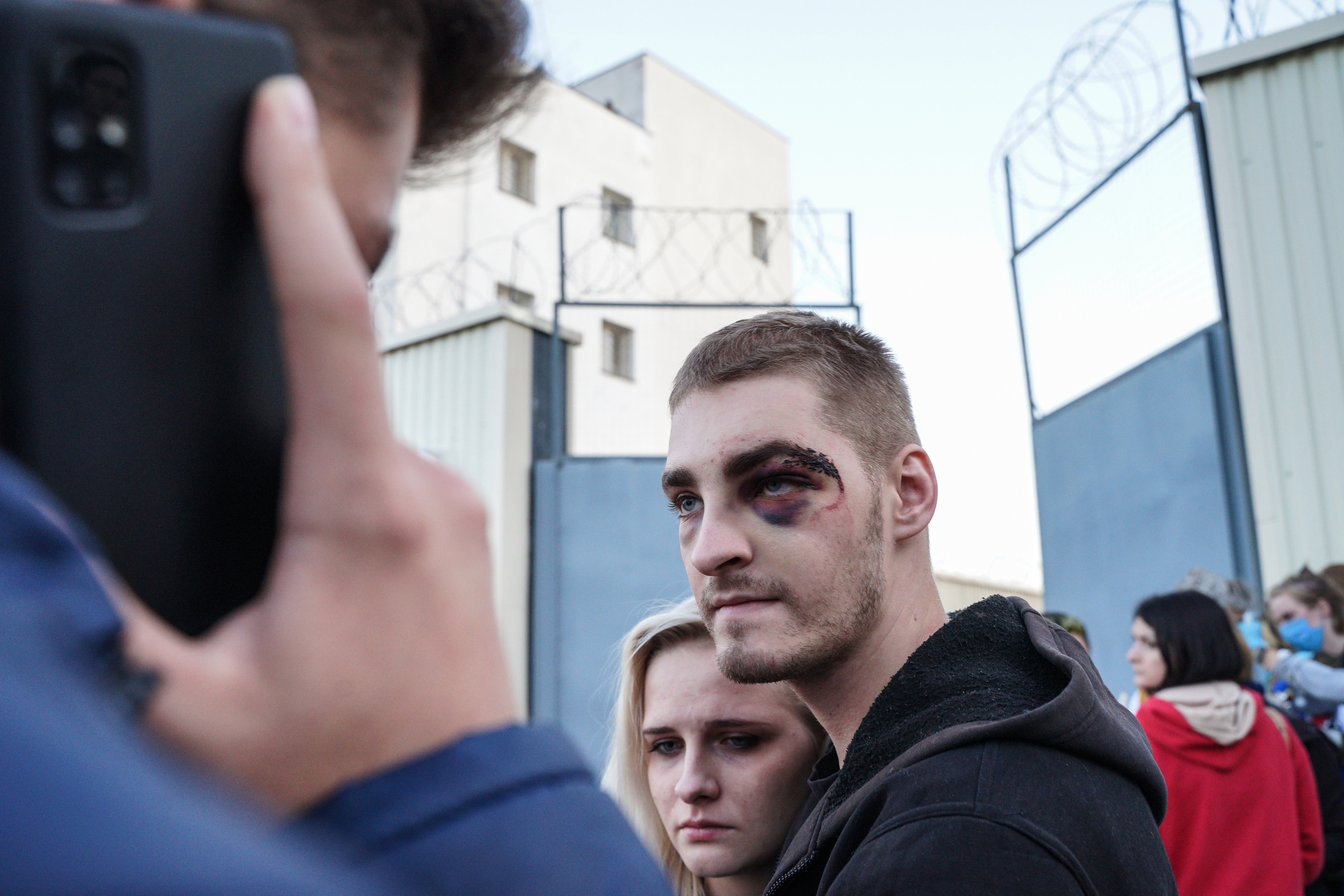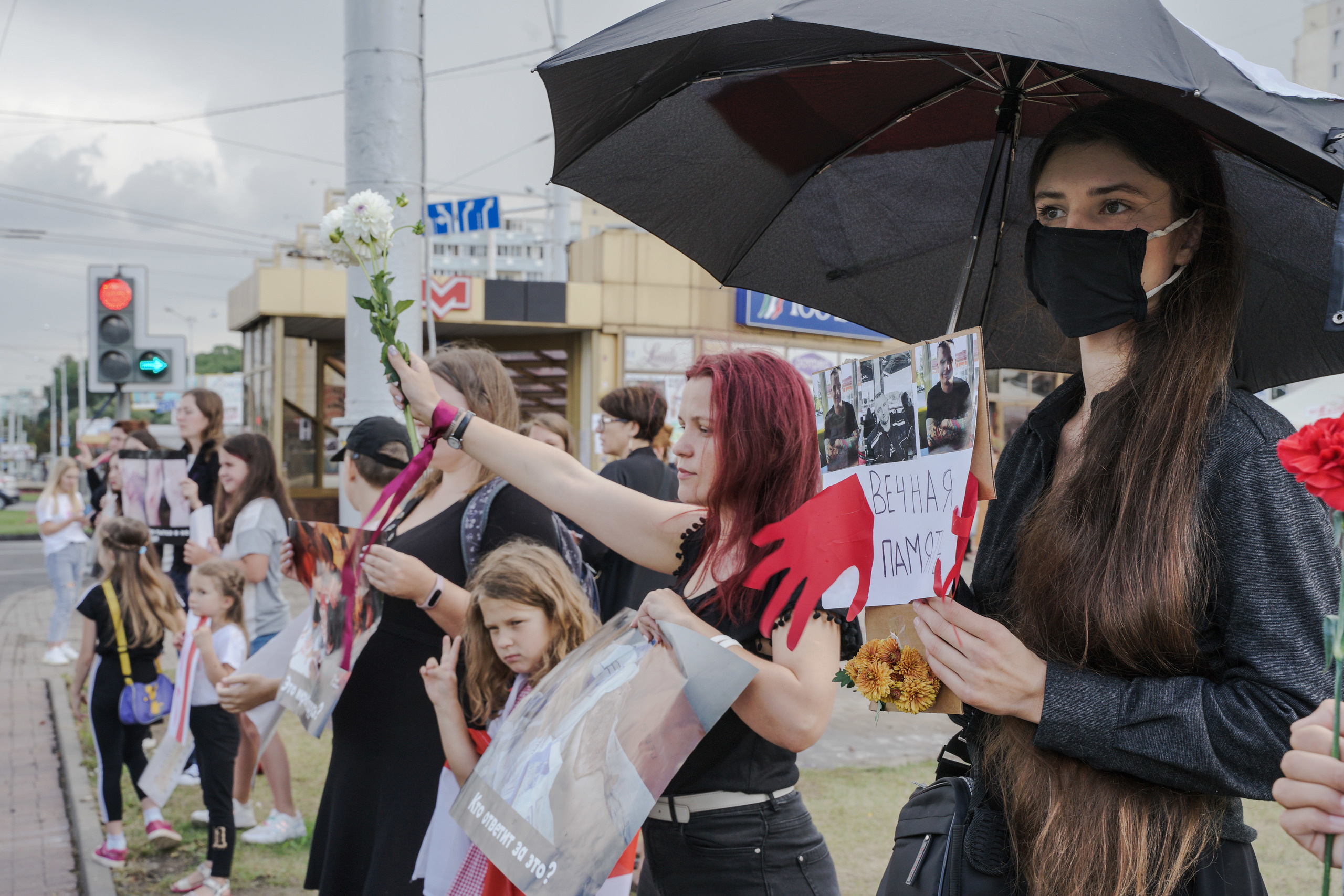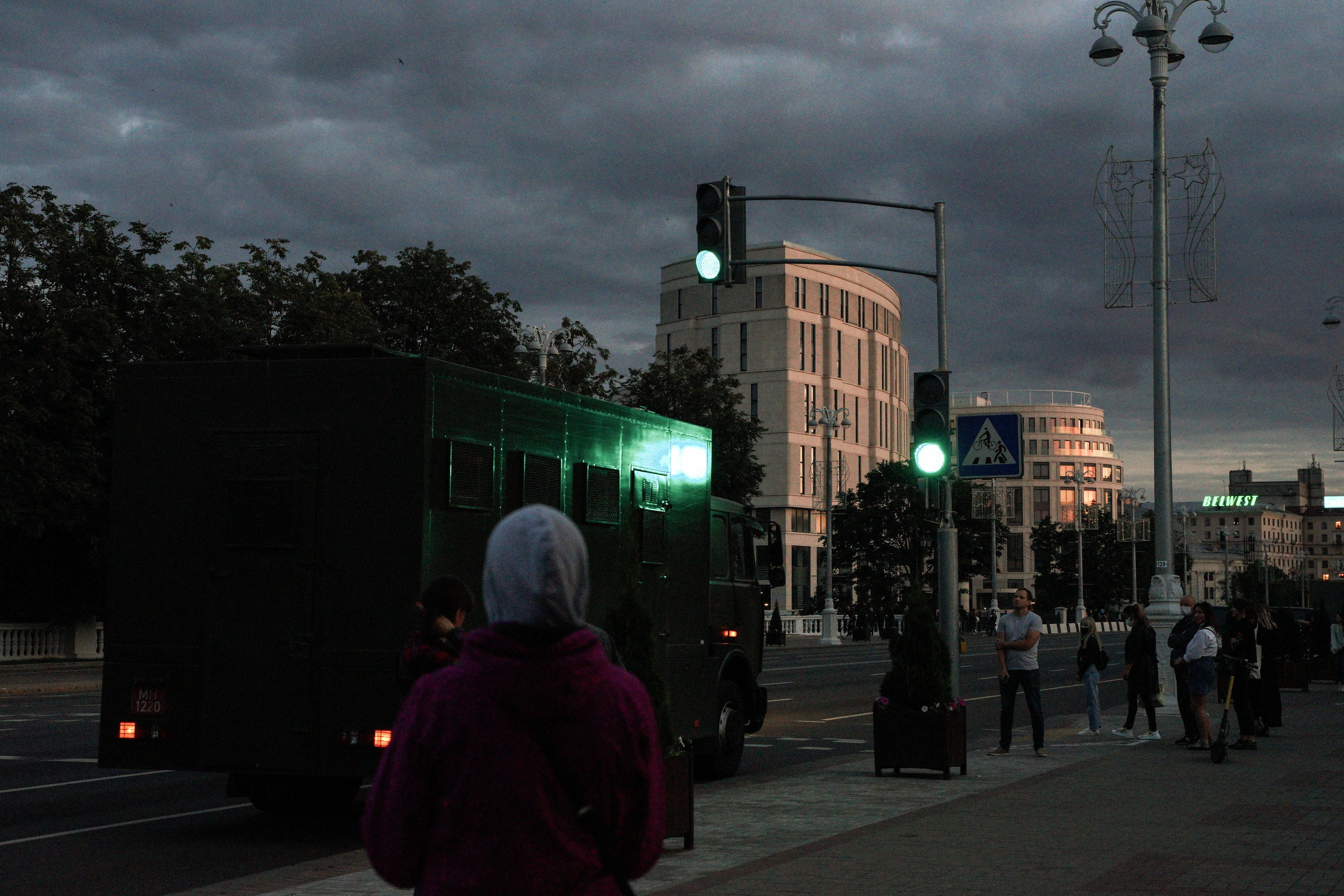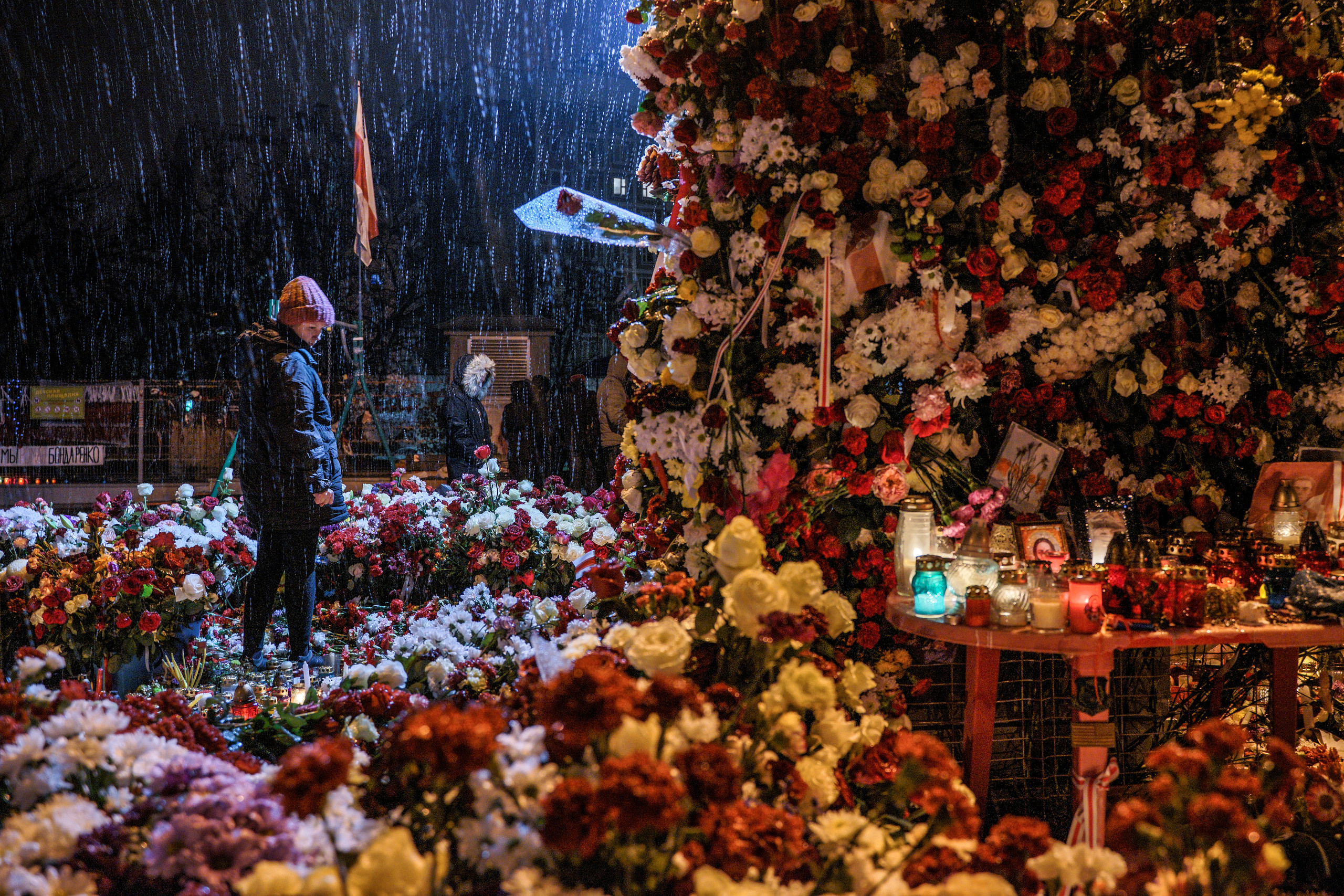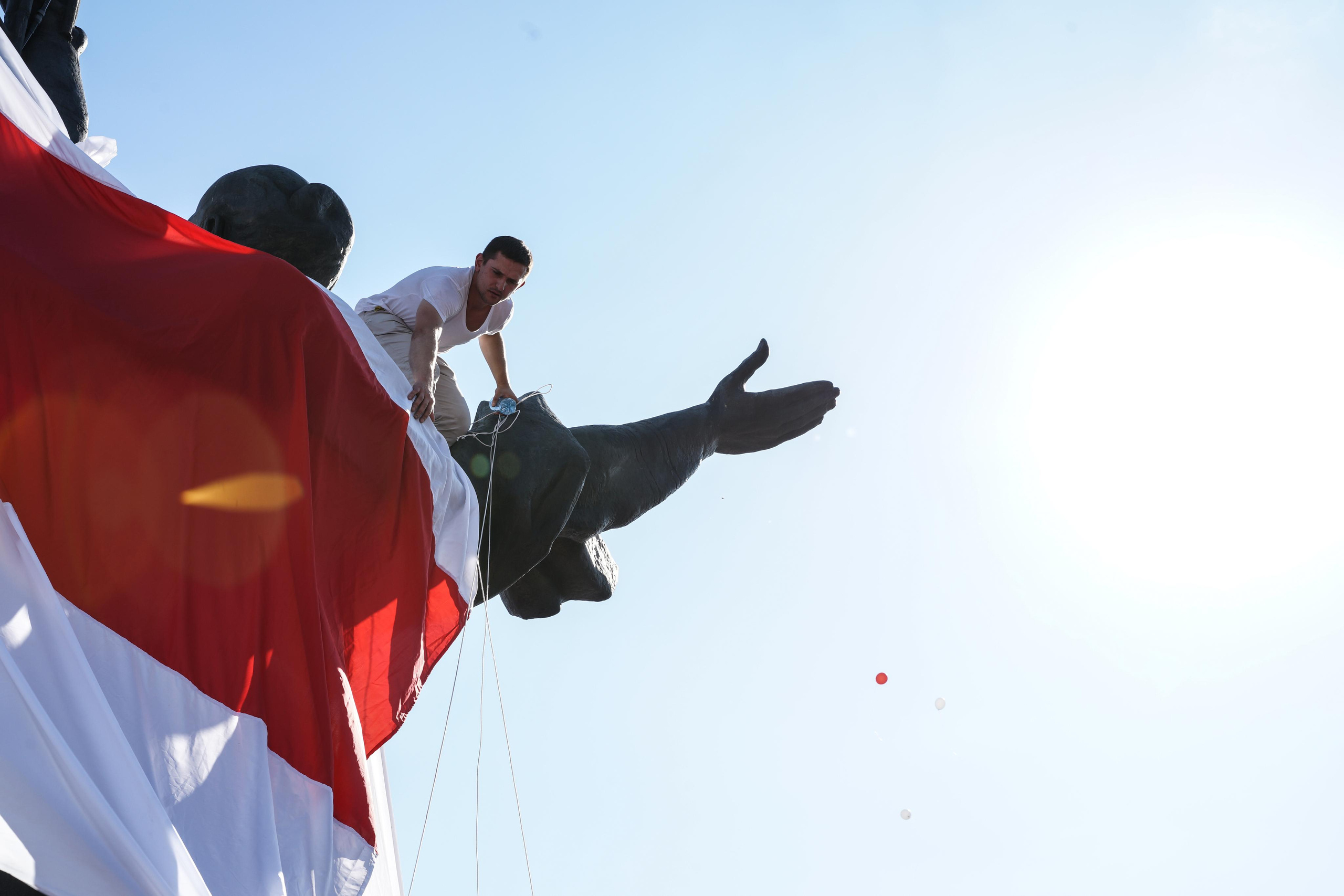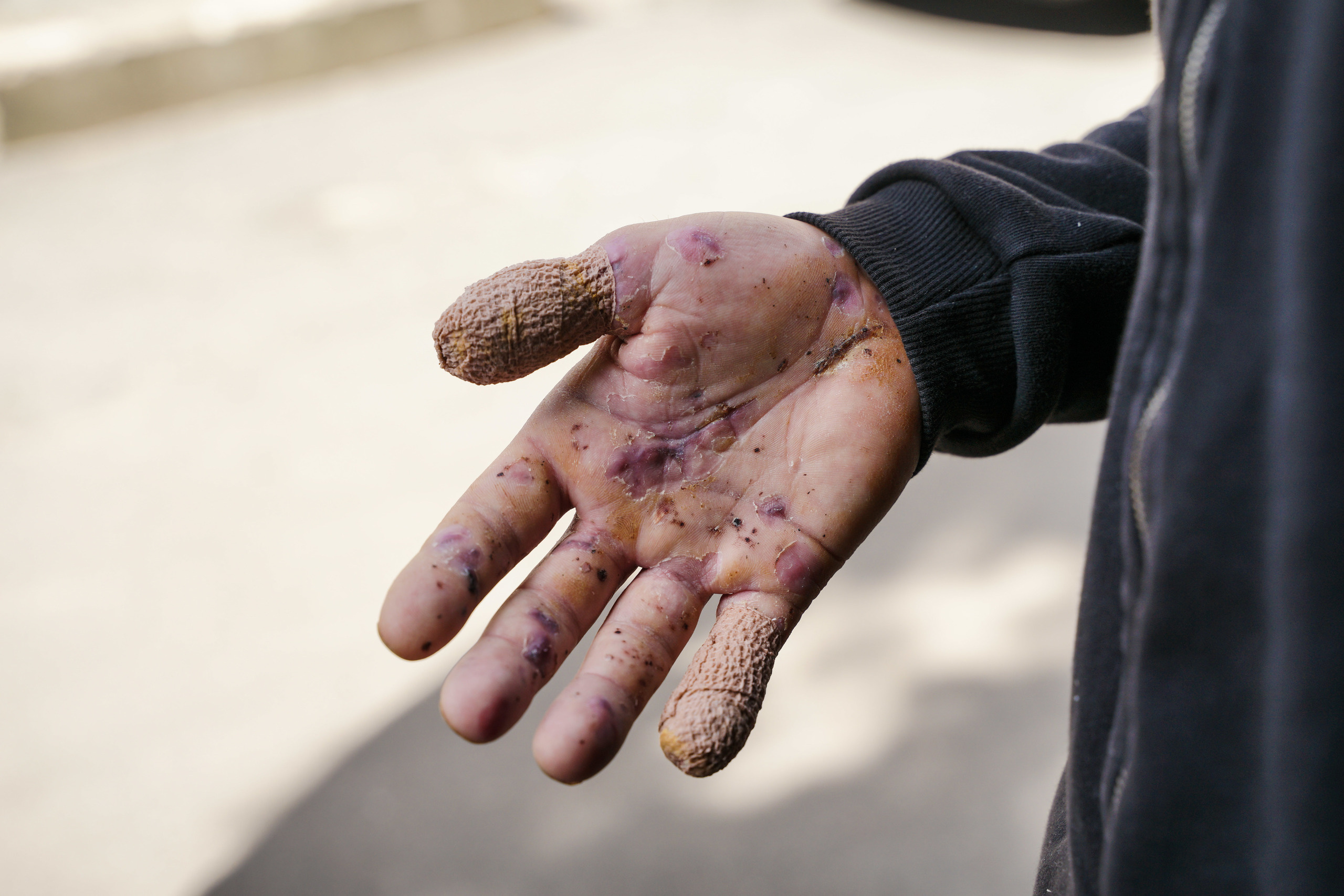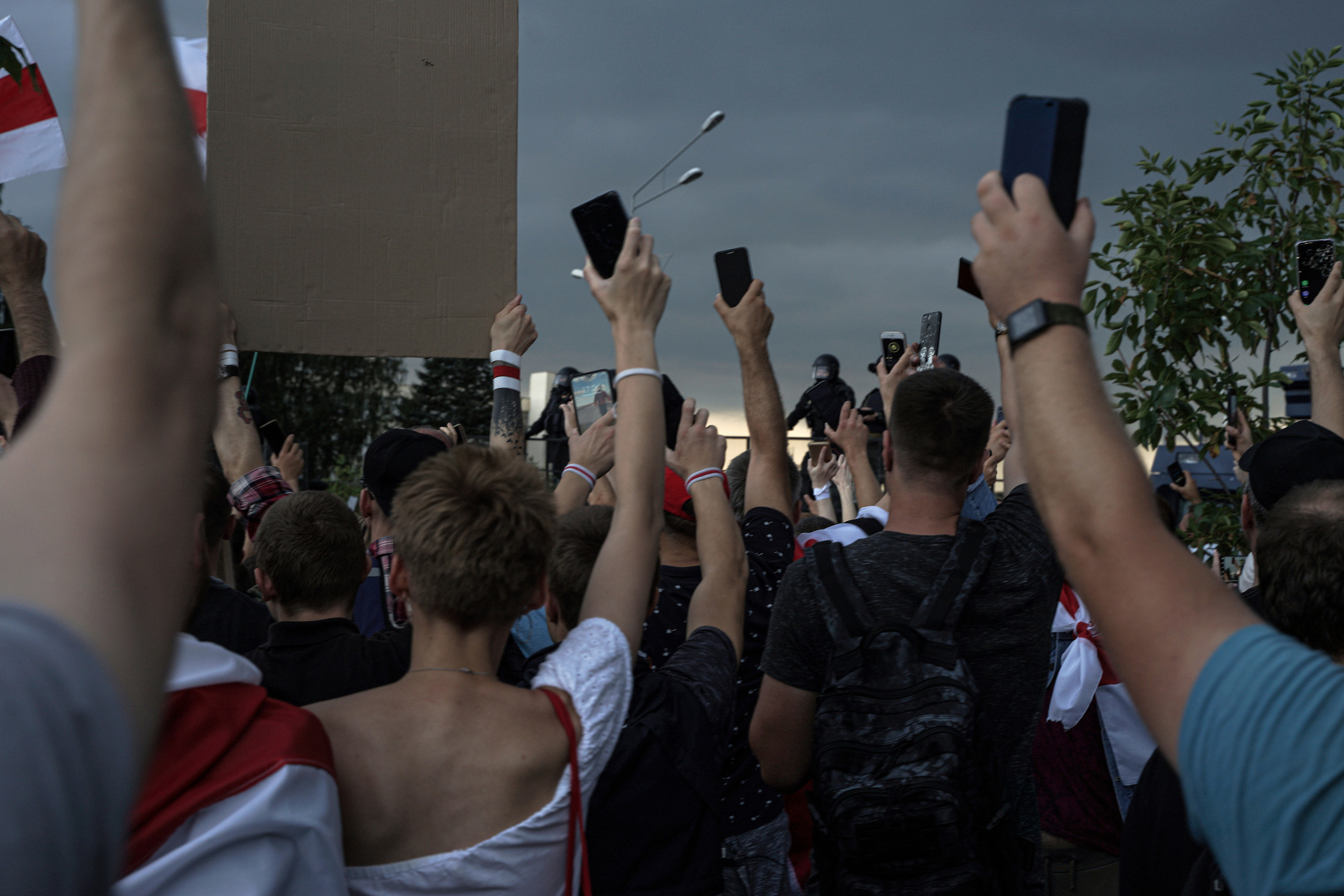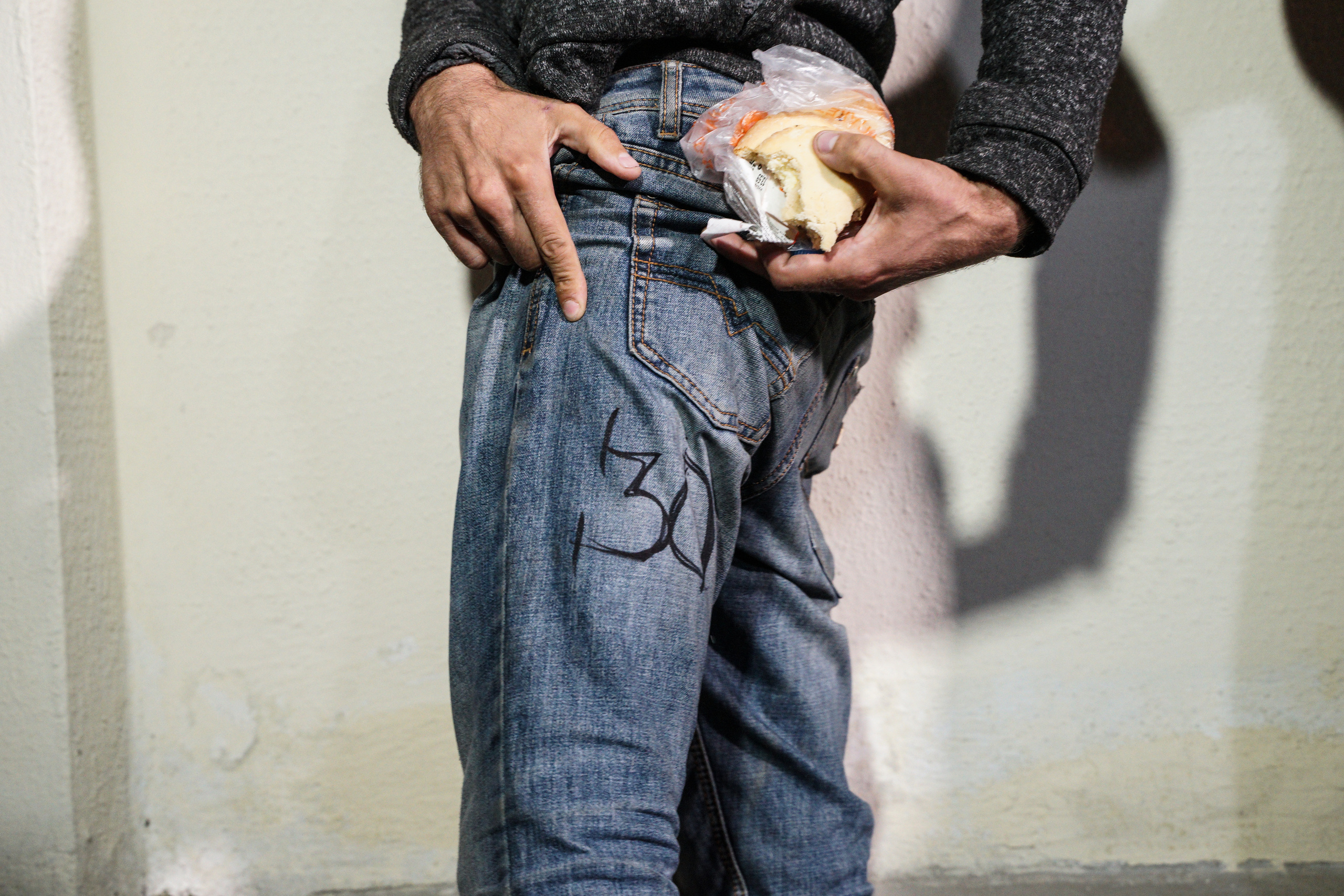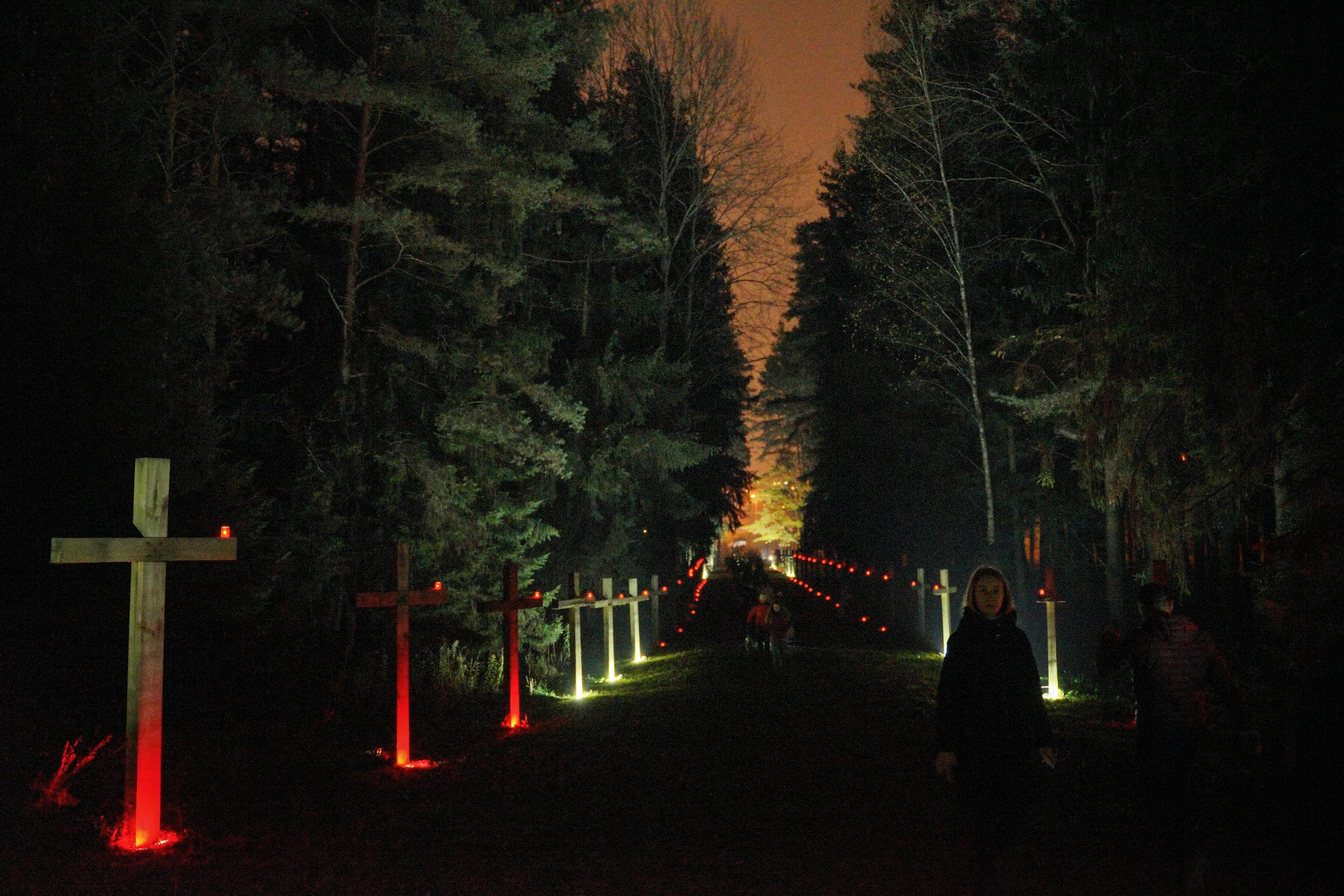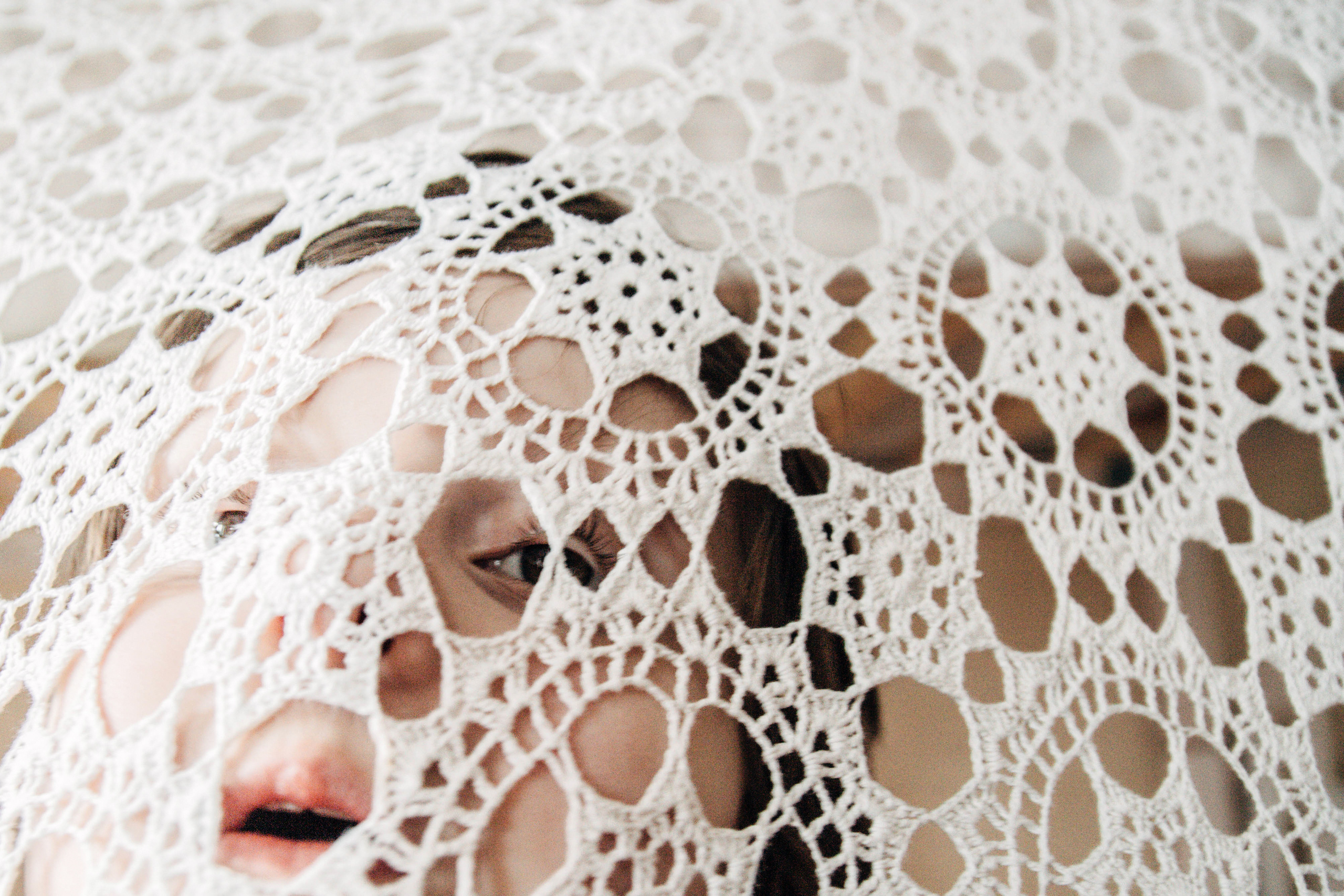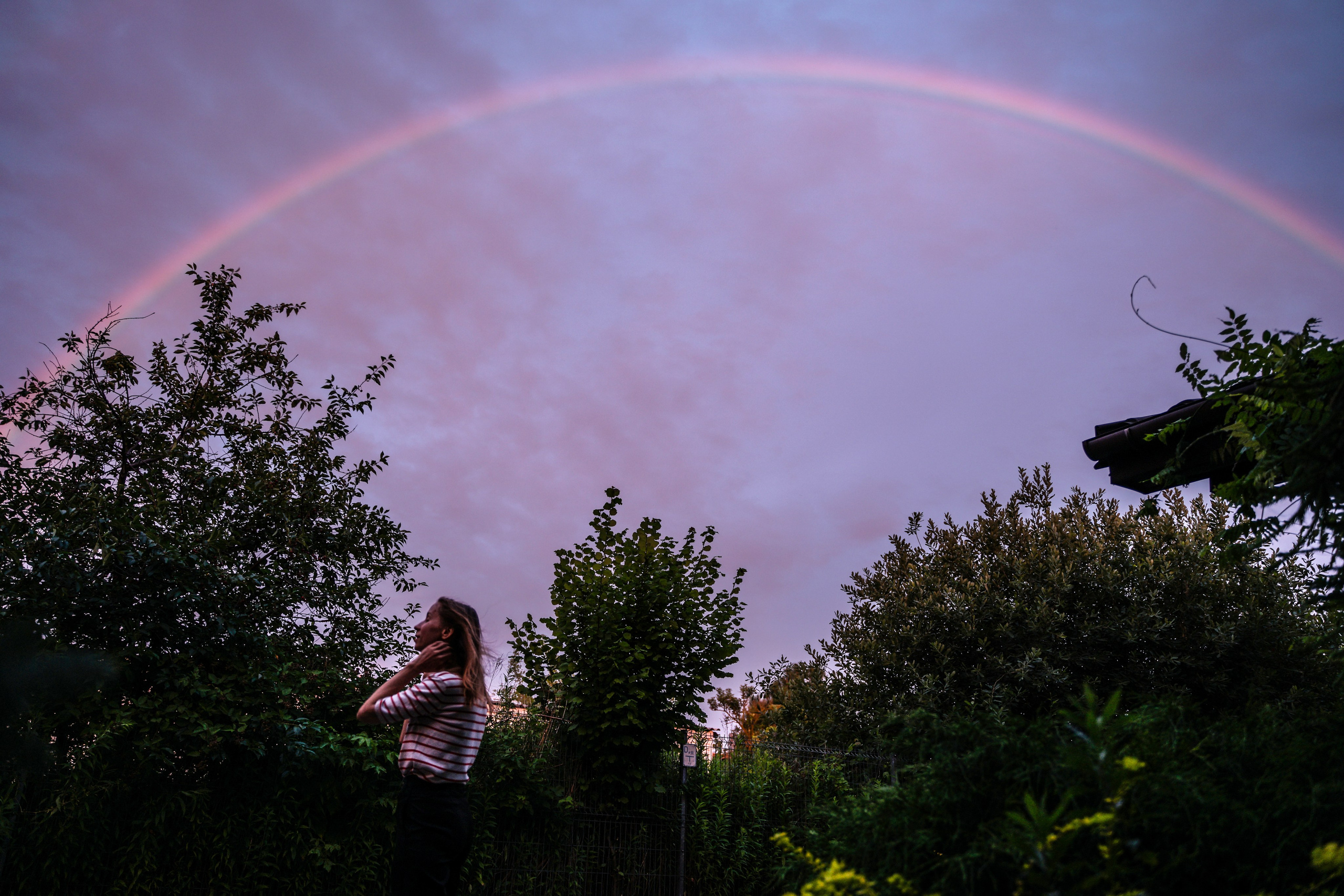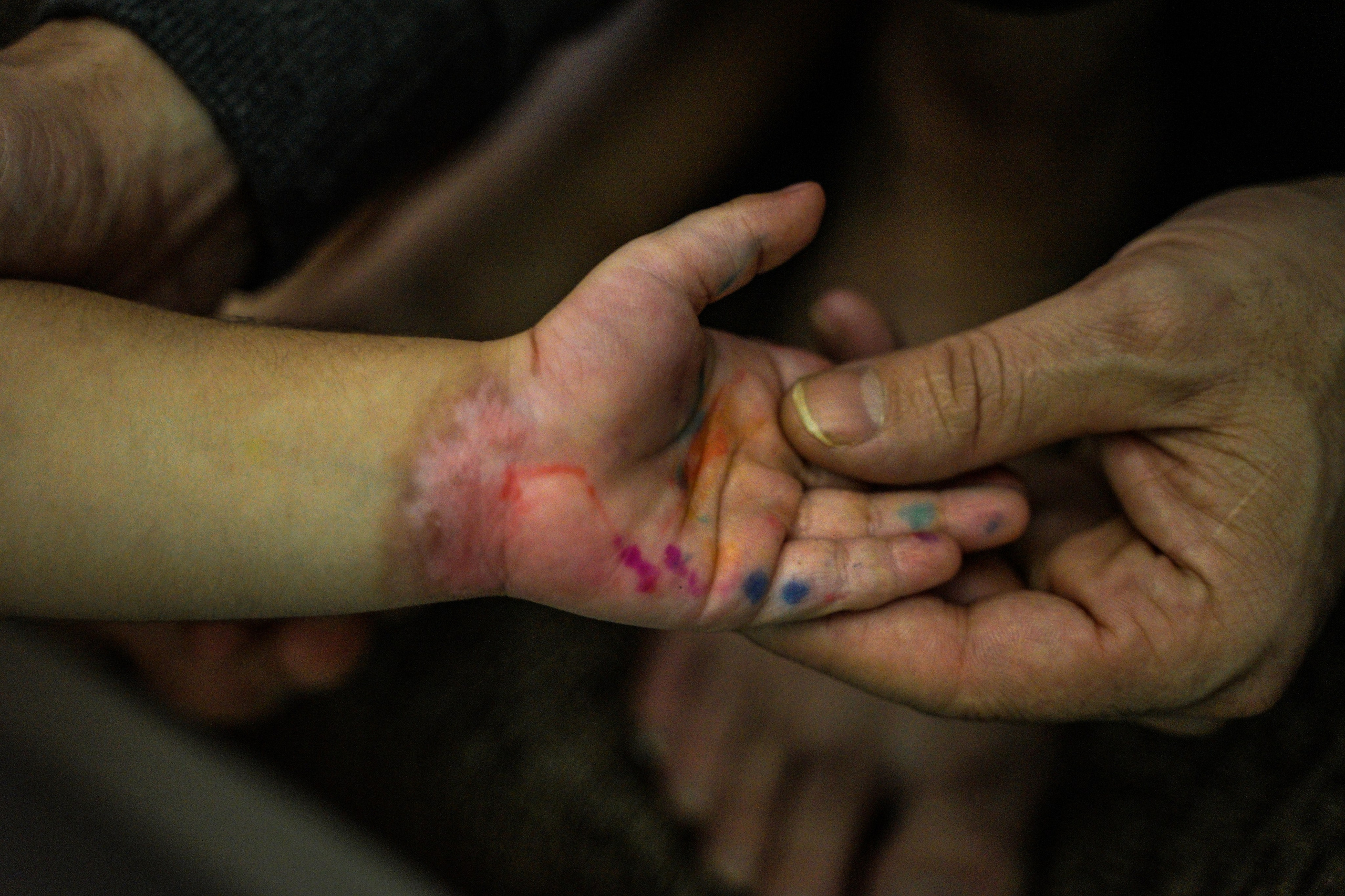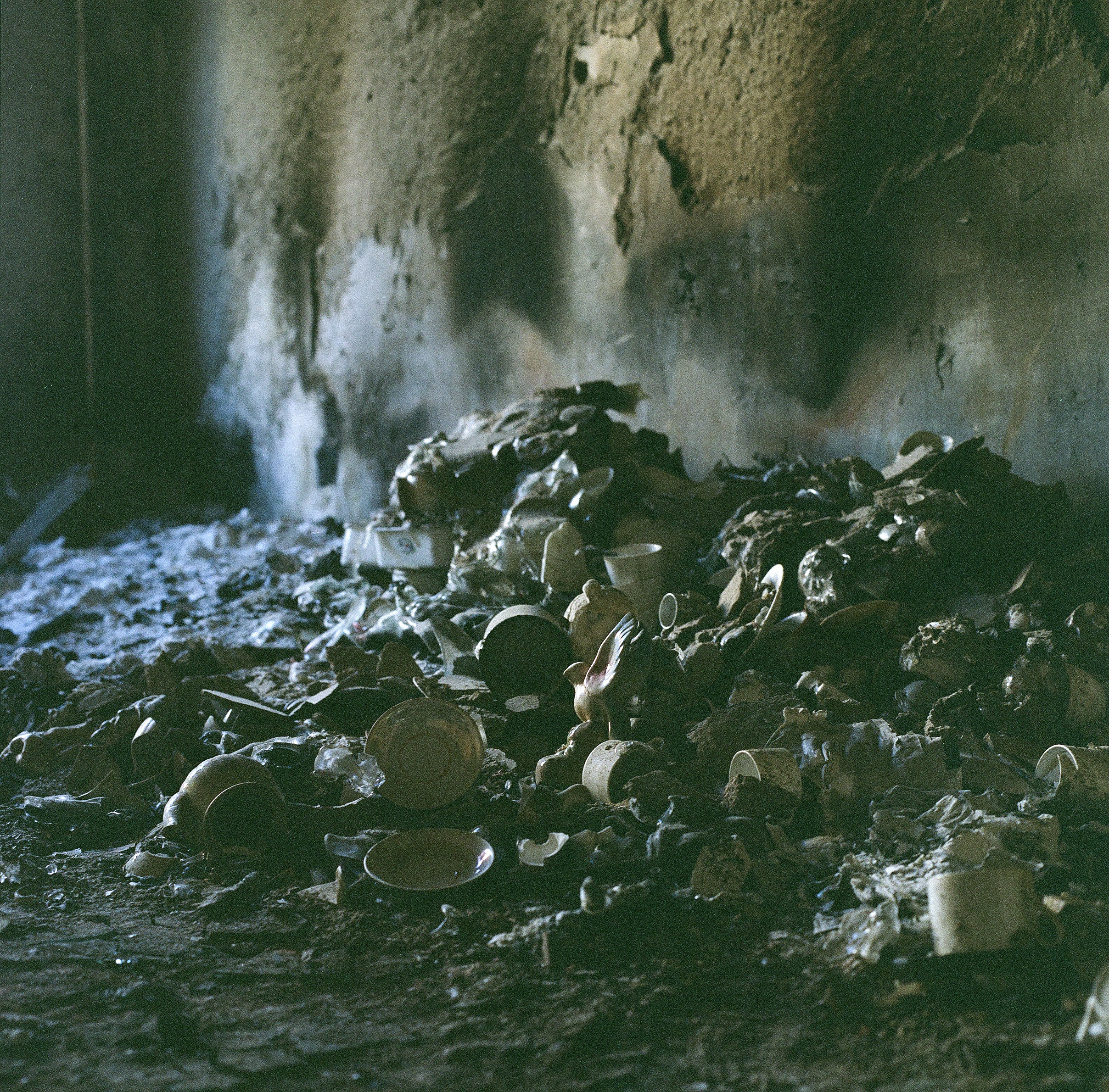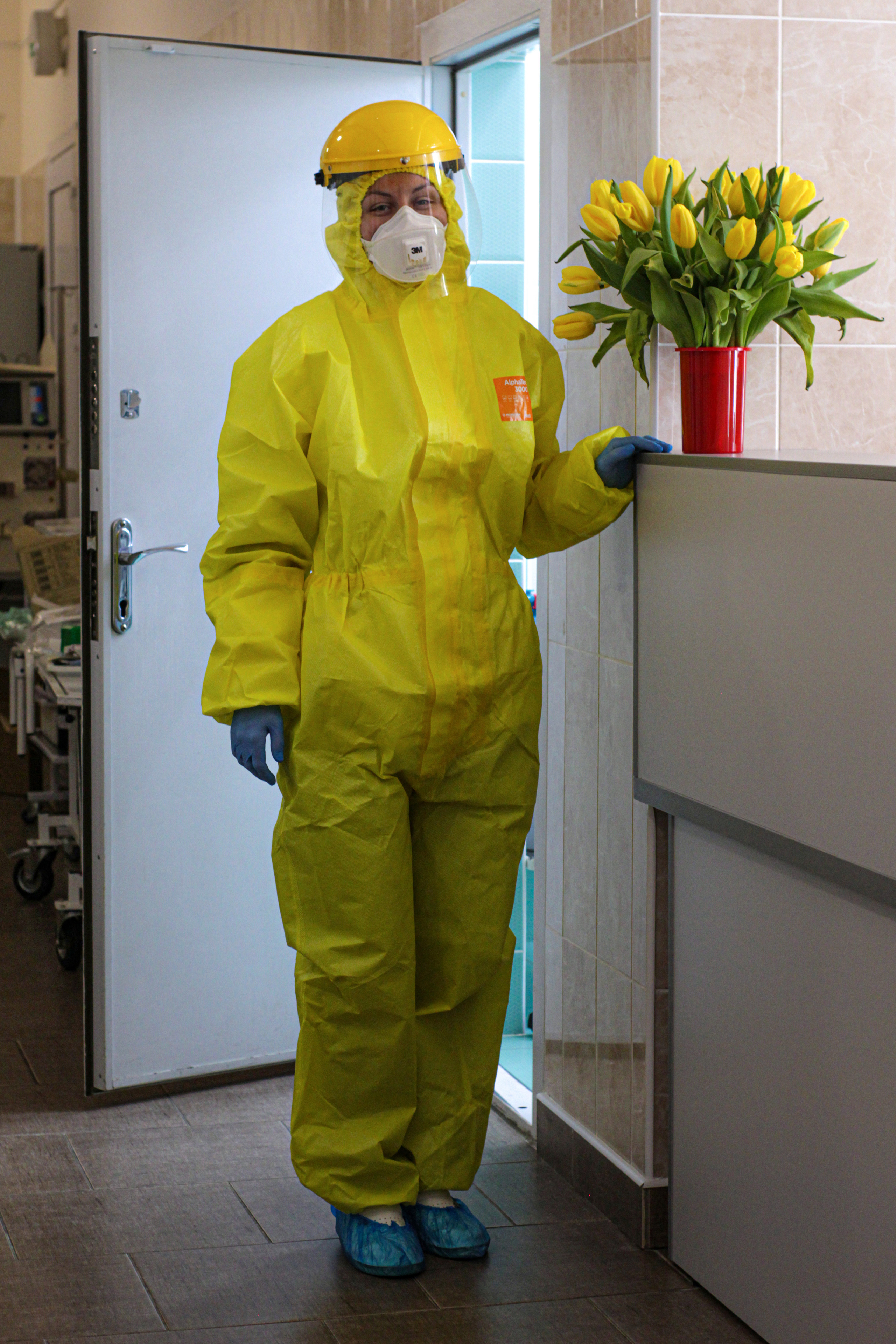On August 9, 2020, the results of the presidential elections were announced in Belarus, where Alexander Lukashenko won for the sixth time. At the same time, independent studies and polls showed that his rating is negligible, in contrast with the rating of his main competitor Svetlana Tikhanovskaya. On the night after the elections were announced, thousands of people took to the streets of their cities where they faced a wave of unprecedented violence from the authorities. They fired at citizens, threw flash and sound grenades. The clashes lasted three days, during which time people were severely beaten, many were tortured, about 7,000 people were sent to prisons. The first victims appeared among the peaceful protesters. The authorities shut down the Internet in the country for several days and therefore set up an illegal information blockade. On August 14, people began to be released. Many were taken from the prisons directly to the Accident and Emergency Department. The victims began to talk about what they had experienced. All this information shocked society. Belarusian women became one of the symbols of the protest — they were the first to take to the streets with flowers. After that, every Sunday hundreds of thousands of people began to go out on peaceful marches. A few months later, the authorities intensified the repression and began to persecute people for participating in marches, for publishings on the Internet, for national symbols, for any expression of the civil position. The protests changed their form but continued. Thousands of people were forced to emigrate to escape criminal prosecution. From the start of the election campaign to the end of the year, more than 33,000 individuals were detained. All this is comparable to the Stalinist repressions of the 30s and to fascism. The Belarusians have already had to deal with it in their history but no one expected that this could happen again in the 21st century in the center of Europe.
